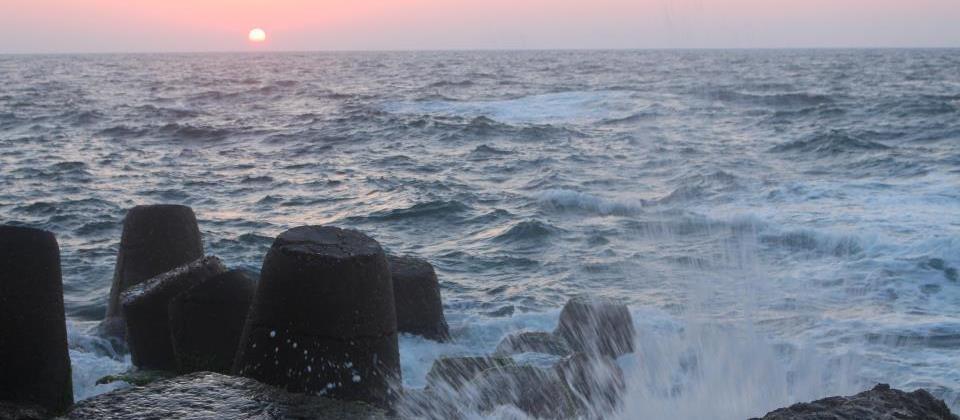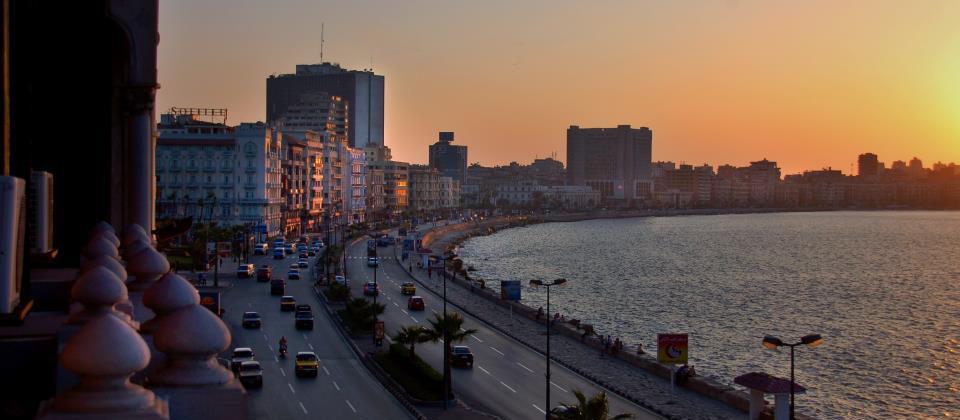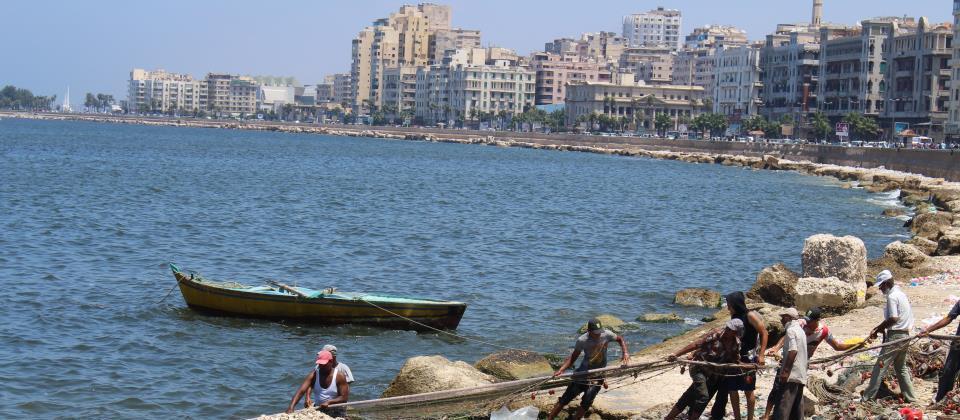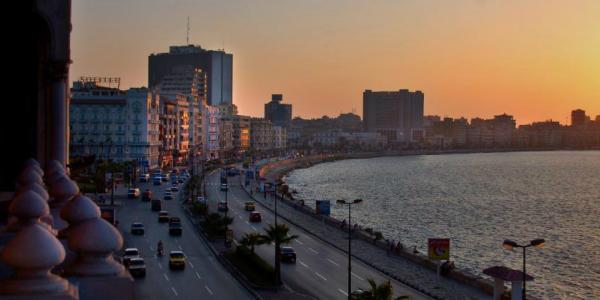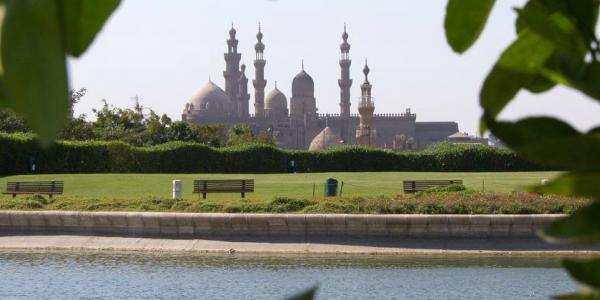Alexandria is named after Alexander the Great, who founded the city in 331 BC and made it his capital. From a small port town, it grew to become one of the greatest centres of knowledge and science in the Greek World and one of its grandest and most important metropolises, attracting scholars, scientists, philosophers, mathematicians, artists and historians. In Alexandria today, there is culture, history, the sea and all the attractions of a great, influential city. Those seeking a holiday with an array of things to do can begin with the historical sites erected during the Ancient Egyptian, Roman, Greek and Islamic periods.
Alexandria is famous for its two ancient wonders: the Old Library and the Lighthouse. The Old Library was the greatest in the ancient world, where scholars from all over the eastern Mediterranean flocked to study, soon turning the city into an important cosmopolitan centre. Unfortunately, the library was destroyed in a fire, in which many books and scrolls were reduced to ashes with the consequent loss of culture and knowledge. Recently, however, in a move to revive the Old Library of Alexandria, a new library (Bibliotheca Alexandrina) was built on the Mediterranean shore during the 1990s.
The Lighthouse was an architectural masterpiece commissioned by Ptolemy I Soter I around 297 BC. It was one of the Seven Wonders of the Ancient World and consisted of a three-tier stone tower, with a broad spiral ramp inside leading up to a platform where fires were lit at night. The flames were reflected far out to sea by metal mirrors, as the tower was 120 metres high. Above the fires there was a huge statue in honour of Poseidon, the Sea God. By the 10th century, the lighthouse had been severely damaged by earthquakes and subsidence, and finally collapsed during an earthquake in the 14th century. Stones from its ruins were used by Sultan Qaitbey to build the Citadel of Qaitbey in the 1480's.
Before the arrival of Islam, Alexandria was part of the Byzantine Empire and played a crucial role in maintaining imperial control over the region. It was also of great economic importance as a major Mediterranean port. In 634 AD, the Muslim leader Umar became the Caliph and inherited a diverse and rapidly expanding Islamic empire. Throughout the early 640s, he set his sights on the economically desirable province of Egypt and its capital city, Alexandria. After their troops were destroyed in battle, the Byzantine officers at last surrendered to Umar and handed the city over to the Muslims.
Although perhaps not at its peak, Alexandria was still a pleasant city when it was conquered by the Arabs in 642 AD. In these first years of Islam, the Caliphs generally respected the population of the conquered cities.
The Pearl of the Mediterranean, Alexandria, still retains its Mediterranean ambience, combining old European colonial houses, traditional cafes and Greco-Roman monuments. The Catacombs of Kom el-Shukafa, the underwater ruins of Montazah and Maamoura and the city’s vibrant arts scene make Alexandria a great sightseeing destination. Abu al-Abbas al-Mursi Mosque and the Coptic Cathedral of St. Mark are also worth a visit.



